Mexico and US to combat migration
December 20, 2018 | Expert Insights
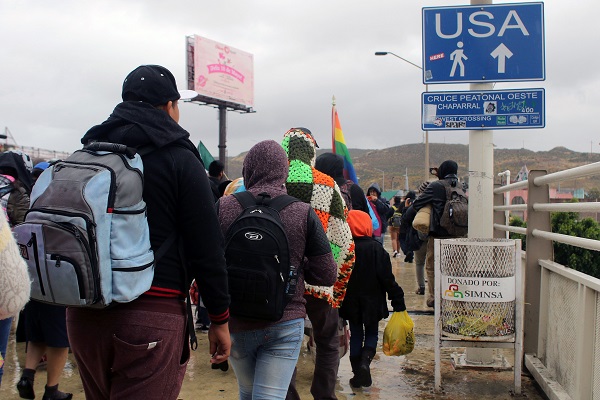
The United States and Mexico announced a bilateral assistance program to curb migration from Central America.
This signals an early vote of confidence from the Trump administration in the foreign policy of new Mexican President Andrés Manuel López Obrador.
Background
The relationship between Mexico and the United States has been under review for several years. The two countries share a maritime and land border in North America. Many agreements have been signed between the two countries bilaterally, such as the Gadsden Purchase, and multilaterally, such as the North American Free Trade Agreement. Both countries are members of various international organizations, including the Organization of American States and the United Nations. The two nations do approximately $600 billion in annual trade.
However, ties between Mexico and the US have soured significantly since US President Donald Trump took office. He has promised to build a wall between the US and Mexico to curtail illegal immigration and noted that Mexico would pay for this wall. The Mexican government has denied that it will any such thing.
In November 2018, President Trump deployed 4,800 troops to the US-Mexico Border in an attempt to stop the ‘Migrant Caravan’ from entering the US.
Analysis
The United States announced a total contribution of $10.6 billion, most of which will be allocated from existing aid programs. Around $4.5 billion of that sum comes from new loans, loan guarantees and other private-sector support that could become available through the Overseas Private Investment Corporation (OPIC). The announcement appeared to be largely a symbolic gesture of cooperation between the two governments.
After two tumultuous years in the bilateral relationship and several tense weeks during the arrival of several migrant caravans, the Mexican government said it considered the U.S. collaboration a positive sign.
The State Department said in a statement that the program would “jointly address the shared challenges of migration, narcotics trafficking, and the activities of trans-national criminal organizations.”
The Mexican government said it would contribute $25 billion to development in southern Mexico over five years, which López Obrador has suggested could serve as a source of employment to Central Americans who are granted work visas.
For years, the United States has allocated development assistance to Central America in the hope of preventing migrants from travelling to the United States. In 2016, in the wake of a surge in unaccompanied children arriving at the border, the Obama administration announced $750 million in funding to Honduras, Guatemala and El Salvador, dubbed the Alliance for Prosperity.
The Trump administration has been conducting a review of U.S. aid to Central America, aiming to eliminate or sharply cut many of the programs launched by the Obama administration. Those programs involved an overall commitment of approximately $2.6 billion in foreign assistance to Central American countries in during fiscal years 2015 to 2018. Those nations also promised to spend billions of dollars of their own money to tackle violence, joblessness, poor governance and other factors driving people to flee.
Counterpoint
In October 2018, as a caravan of thousands of Central American migrants headed for the United States, President Trump threatened to cut or sharply cut aid to Guatemala, Honduras and El Salvador, saying in a tweet that “they were not able to do the job of stopping people from leaving their country and coming illegally to the U.S.”
It was not an idle threat: The State Department drew up plans for reductions of hundreds of millions of dollars in aid, according to U.S. officials. With many officials warning that such cuts could be deeply harmful, the Trump administration ultimately held back, those officials said.
Of the total $10.6 billion referenced in Tuesday’s announcement, it appears the only new figure is the $4.5 billion in potential loans, loan guarantees and related services through OPIC. That money would facilitate private-sector activity and would be repaid, unlike traditional assistance through the United States Agency for International Development. This partnership is not a new act of cooperation between the US and Mexico. Instead, it is the easiest way for the US to stave off another migrant wave from approaching its borders by utilising Mexico as a reliable buffer.
Assessment
Our assessment is that the US is partnering with Mexico to combat a recurring regional issue of unregulated migration between Central and North American countries. We believe that this is the first positive step between the Trump administration and the incoming Mexican President Obrador.


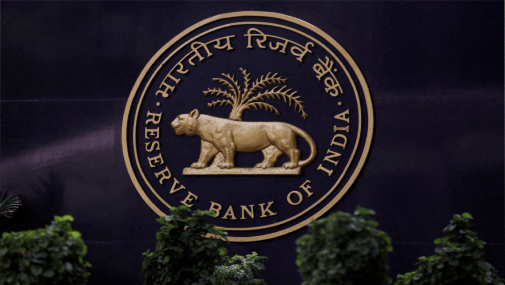
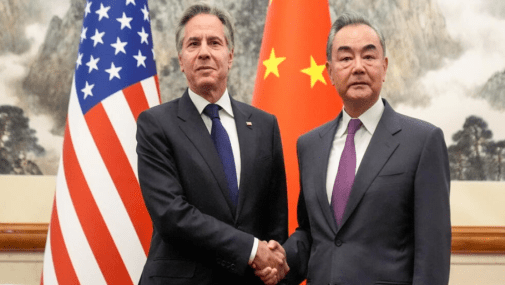
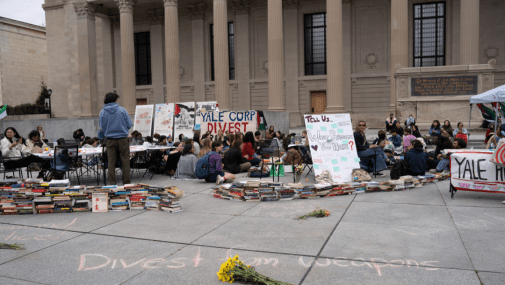
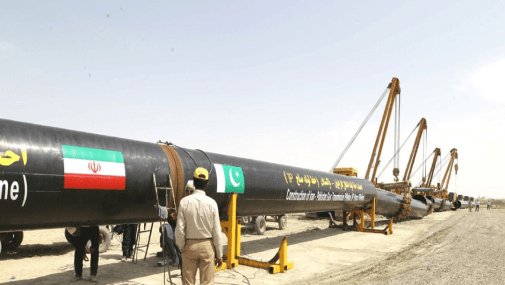


Comments